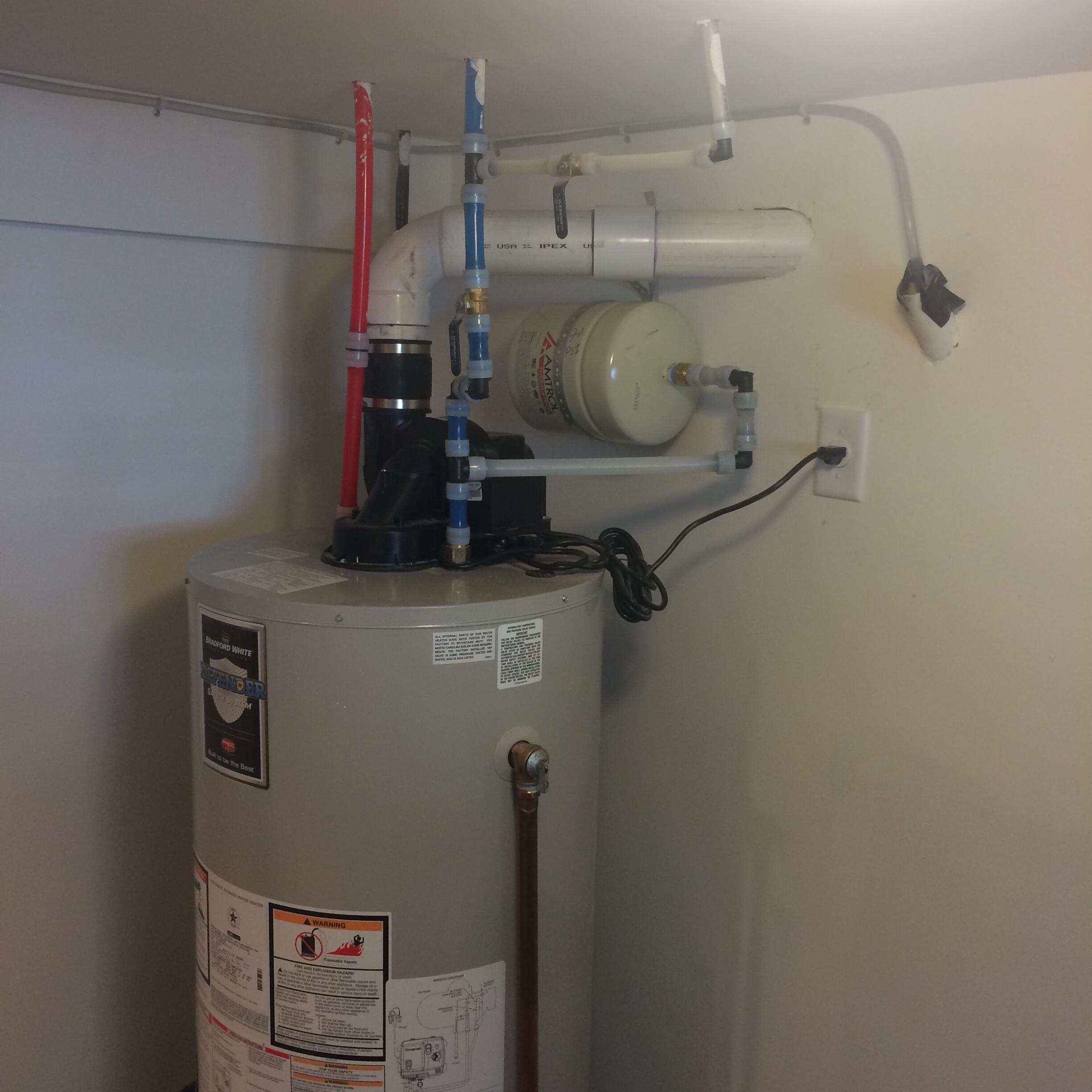

Articles
What Is A Direct Vent Water Heater
Modified: January 8, 2024
Looking to learn more about direct vent water heaters? Check out our informative articles for everything you need to know about this efficient and convenient heating option.
(Many of the links in this article redirect to a specific reviewed product. Your purchase of these products through affiliate links helps to generate commission for Storables.com, at no extra cost. Learn more)
Introduction
When it comes to home water heaters, there are several options available, each with its own set of benefits and drawbacks. One popular type of water heater is the direct vent water heater. This innovative heating system offers a range of advantages that make it a popular choice among homeowners.
A direct vent water heater is designed to draw air for combustion from the outside, rather than relying on air from inside the home. It is a sealed system that utilizes a dedicated vent pipe for exhaust gases, ensuring efficient operation and preventing any fumes or byproducts from entering the living space. This unique system allows for flexibility in installation, making it suitable for various types of homes.
In this article, we will delve into the workings of a direct vent water heater, explore its advantages and disadvantages, discuss installation considerations, and provide tips for maintenance and troubleshooting.
Whether you are considering installing a new water heating system or seeking information on how to optimize the performance of your existing one, this article will serve as a comprehensive guide to direct vent water heaters.
Key Takeaways:
- Direct vent water heaters offer enhanced safety, energy efficiency, and flexible installation options, making them a reliable and convenient choice for homeowners seeking a continuous supply of hot water with minimal indoor air pollution.
- While direct vent water heaters come with a higher initial cost and require regular maintenance, their benefits, including improved safety features, energy efficiency, and quiet operation, outweigh the drawbacks, providing long-term value for homeowners.
Read more: What Is A Direct Vent Fireplace
How Does a Direct Vent Water Heater Work?
A direct vent water heater operates by utilizing a two-pipe system for intake and exhaust. The intake pipe draws in fresh air from the outside to support the combustion process, while the exhaust pipe vents the combustion byproducts, including carbon dioxide and water vapor, safely outside the home.
The combustion chamber of a direct vent water heater is sealed, ensuring that no air from inside the home is used for the combustion process. This not only improves energy efficiency but also eliminates the risk of backdrafting, which can occur in traditional water heaters that rely on indoor air for combustion.
The intake pipe, usually located on the side or rear of the water heater, brings in fresh air from outside and delivers it to the burner assembly. The air mixes with the fuel, typically natural gas or propane, in the combustion chamber. The burner ignites the mixture, generating heat to warm the water in the tank.
The exhaust pipe, also known as the flue pipe, carries the combustion byproducts out of the water heater and safely discharges them outside the home. This pipe is designed to prevent any fumes, including carbon monoxide, from entering the living space.
A direct vent water heater typically utilizes a power vent to assist in the exhaust process. The power vent helps move the exhaust gases through the pipe, ensuring efficient and effective venting. Some direct vent water heaters also incorporate a fan to facilitate proper air circulation and combustion.
Overall, the design and operation of a direct vent water heater make it a safe and efficient choice for providing hot water in residential settings. By drawing in fresh air from the outside and venting the combustion byproducts securely, direct vent water heaters offer enhanced performance and lower the risk of indoor air pollution compared to traditional models.
Advantages of Direct Vent Water Heaters
Direct vent water heaters offer a range of advantages that make them an appealing option for homeowners. Here are some of the key benefits:
- Improved Safety: One of the major advantages of direct vent water heaters is their enhanced safety features. Since these units draw combustion air from the outside, there is no risk of backdrafting, which occurs when exhaust gases are pulled back into the living space. This eliminates the potential for carbon monoxide poisoning, providing peace of mind for homeowners and their families.
- Energy Efficiency: Direct vent water heaters are designed with energy efficiency in mind. By using outside air for combustion, these units reduce heat loss and make the most efficient use of fuel. Additionally, the sealed combustion chamber prevents drafts and minimizes standby heat loss, further increasing energy efficiency.
- Flexible Installation: Unlike traditional water heaters that require a chimney or flue, direct vent water heaters can be installed in various locations. With the use of vent pipes, they can be placed in basements, utility rooms, closets, or even adjacent to exterior walls. This flexibility allows homeowners to optimize space utilization and find the most convenient location for their water heater.
- Quiet Operation: Direct vent water heaters are known for their quiet operation. The sealed combustion chamber and the use of power vents or fans minimize noise levels, providing a more pleasant user experience.
- Prevents Indoor Air Pollution: As direct vent water heaters draw in fresh air from outside, they do not deplete the indoor air supply. This prevents the buildup of contaminants and helps maintain a healthier indoor environment.
- Increased Lifespan: The design of direct vent water heaters, with their sealed combustion chamber and reduced heat loss, can contribute to a longer lifespan compared to traditional water heaters. This can save homeowners money in the long run by reducing the frequency of replacements.
Overall, direct vent water heaters are a reliable and efficient option for providing hot water in residential settings. Their improved safety features, energy efficiency, flexible installation options, quiet operation, and ability to maintain indoor air quality make them a popular choice for homeowners looking for an upgrade in their water heating system.
Disadvantages of Direct Vent Water Heaters
While direct vent water heaters offer numerous advantages, it is important to also consider their potential drawbacks. Here are some of the key disadvantages:
- High Initial Cost: Direct vent water heaters tend to have a higher upfront cost compared to traditional water heaters. The installation requires additional components such as vent pipes and power vents, which can increase the overall expense. However, it’s important to consider the long-term energy savings and safety benefits that offset the initial investment.
- Space Requirements: Direct vent water heaters require adequate space for installation, as they need access to an exterior wall or roof for venting purposes. This can be a limitation in homes with limited outdoor space or in situations where the existing layout does not allow for a direct vent setup.
- Complex Installation: The installation process for direct vent water heaters can be more complex and time-consuming compared to traditional models. It requires careful consideration of venting requirements and proper positioning of the intake and exhaust pipes. Hiring a professional installer is highly recommended to ensure proper installation and adherence to safety guidelines.
- Dependent on Electricity: Direct vent water heaters often utilize power vents or fans to facilitate the exhaust process. This means they are partially dependent on electricity for proper ventilation. In the event of a power outage, the water heater’s functionality may be compromised until power is restored.
- Potential Noise: While direct vent water heaters generally operate quietly, the presence of power vents or fans can sometimes produce a low humming noise. Though not overly loud, it is important to consider this factor if noise level is a concern, particularly if the water heater is located near living spaces.
- Regular Maintenance: Direct vent water heaters require regular maintenance to ensure optimal operation. This includes periodic inspection of the venting system to check for blockages or obstructions and cleaning of the intake and exhaust pipes. Homeowners should be prepared to perform or schedule regular maintenance to keep the unit running efficiently.
While these disadvantages should be taken into account, they should not overshadow the overall benefits and safety features that direct vent water heaters offer. The decision to invest in a direct vent water heater ultimately depends on individual needs, available space, and budget constraints.
When installing a direct vent water heater, make sure to follow the manufacturer’s guidelines for proper venting and clearance requirements to ensure safe and efficient operation.
Installation Considerations for Direct Vent Water Heaters
Installing a direct vent water heater requires careful consideration of several key factors to ensure proper functionality and safety. Here are some important installation considerations to keep in mind:
- Venting Requirements: Direct vent water heaters rely on venting pipes to draw in fresh air for combustion and to exhaust the combustion byproducts. It is crucial to follow the manufacturer’s guidelines regarding vent pipe sizing, length, and materials. Improper venting can lead to inefficient operation and potential safety hazards.
- Location: Choose an appropriate location for the water heater that meets the venting requirements and provides easy access for maintenance. The selected location should also have proper clearance for the unit and adhere to any local building codes or regulations.
- Outdoor Air Source: Ensure that the direct vent water heater has access to an adequate source of outdoor air for combustion. This usually involves a dedicated air intake pipe that is positioned away from possible obstructions, such as exhaust vents, crawl spaces, or areas prone to strong winds.
- Proper Sealing: During installation, it is crucial to ensure a tight and secure seal around all joints and connections in the venting system. This prevents any potential leaks that may compromise the performance and safety of the water heater.
- Professional Installation: Due to the complexity of the venting system and safety considerations, it is highly recommended to hire a professional plumber or HVAC technician for the installation of a direct vent water heater. They have the expertise and knowledge to properly assess the requirements, ensure proper installation, and address any potential challenges that may arise.
- Maintenance Access: Consider the accessibility of the water heater for future maintenance and repairs. Leave sufficient space around the unit to allow for easy access to the venting system, burner assembly, and other components that may require regular maintenance or troubleshooting.
It is essential to carefully follow the manufacturer’s installation instructions and adhere to all local building codes and regulations. This will ensure that the direct vent water heater is properly installed, functions efficiently, and operates safely for years to come.
Read more: How To Vent A Gas Water Heater
Maintenance and Care for Direct Vent Water Heaters
Maintaining a direct vent water heater is key to ensuring its optimal performance, energy efficiency, and longevity. Here are some essential maintenance and care tips to keep in mind:
- Regular Inspections: Schedule periodic inspections of your direct vent water heater to check for any signs of wear, damage, or potential issues. This includes examining the venting pipes, intake and exhaust ports, burner assembly, and all connections. If you notice any abnormalities or signs of deterioration, contact a professional technician to address the problem promptly.
- Cleaning Intake and Exhaust Pipes: Over time, the intake and exhaust pipes of a direct vent water heater can accumulate dust, debris, or even small animal nests. Clean these pipes annually to ensure proper airflow and prevent any blockages that could hinder the combustion process. Use a vacuum or a soft brush to remove any debris gently.
- Check for Carbon Monoxide and Gas Leaks: Carbon monoxide is a colorless and odorless gas that can be produced by gas-powered water heaters. Install a carbon monoxide detector near your water heater and test it regularly to ensure it is functioning properly. Additionally, inspect all gas connections and fittings for any signs of leaks, such as a sulfur-like odor. If you suspect a gas leak, immediately evacuate the area and contact a professional technician.
- Flush Sediment Buildup: Sediment can accumulate at the bottom of the water heater tank over time, leading to reduced efficiency and potential damage. Drain and flush the tank annually to remove any sediment buildup. Follow the manufacturer’s instructions or seek professional assistance to ensure the proper procedure and avoid any damage to the unit.
- Inspect the Pressure Relief Valve: The pressure relief valve is a vital safety feature of a direct vent water heater. Annually, test the valve by opening and closing it to ensure it is functioning correctly. If you notice any issues, such as a leaking valve, contact a professional technician to replace it promptly.
- Follow Maintenance Guidelines: Refer to the manufacturer’s recommended maintenance guidelines for your specific direct vent water heater model. This may include lubricating motor bearings, testing the ignition system, or performing other routine maintenance tasks. Following these guidelines will help keep your water heater operating at its best.
Remember to consult the owner’s manual or contact a professional technician if you have any questions or need assistance with the maintenance and care of your direct vent water heater. By following these maintenance tips, you can ensure the optimal performance and longevity of your water heater while maintaining safety and energy efficiency.
Common Troubleshooting Issues with Direct Vent Water Heaters
While direct vent water heaters are generally reliable and efficient, they can sometimes experience common issues that may require troubleshooting. Here are some of the common problems you may encounter and steps to resolve them:
- No Hot Water: If your direct vent water heater is not producing hot water, check if the pilot light is lit or if the burner is igniting. If not, ensure that the gas supply valve is open and try relighting the pilot light following the manufacturer’s instructions. If the issue persists, it may be a faulty thermocouple or gas valve, and it is best to contact a professional technician.
- Inadequate Hot Water: If your direct vent water heater is not providing enough hot water, it could be due to sediment buildup in the tank. Consider flushing the tank to remove any accumulated sediment. Additionally, check the temperature setting on the water heater to ensure it is correctly adjusted. If the problem continues, it may be an issue with the heating element or thermostat, and professional assistance may be required.
- Strange Noises: Unusual noises coming from your direct vent water heater may indicate an issue. Common causes include air trapped in the pipes, sediment buildup, or a malfunctioning burner. Try bleeding any trapped air from the system, flushing the tank to remove sediment, or contacting a professional technician to diagnose and resolve the problem.
- Water Leaks: If you notice water pooling around your direct vent water heater, it could be due to a leak. Check all connections, valves, and fittings for any signs of water leakage. Tighten any loose connections or replace any damaged components. If the leak persists, it is advisable to contact a professional technician to assess and repair the problem.
- Frequent Cycling or Short Cycling: If your water heater is frequently turning on and off, it could indicate a problem with the thermostat, heating element, or a faulty pressure relief valve. Check and adjust the thermostat settings to ensure they are accurate. If the issue persists, it is best to seek professional assistance to identify and resolve the underlying cause.
- Foul Odors: If you detect unusual odors coming from your direct vent water heater, it may be due to bacteria growth in the tank. Consider flushing the tank and disinfecting it with a mild bleach solution. Ensure you follow proper safety guidelines and consult the manufacturer’s instructions or a professional technician for guidance.
Remember, if you encounter any issues with your direct vent water heater that you are unsure how to resolve, it is always recommended to consult the owner’s manual or contact a professional technician. They will have the expertise to diagnose and repair any problems, ensuring the safe and efficient operation of your water heater.
Conclusion
Direct vent water heaters offer a range of advantages that make them a popular choice among homeowners. Their sealed combustion system, which draws in fresh air from the outside and vents combustion byproducts safely, ensures improved safety and energy efficiency. With flexible installation options, quiet operation, and the ability to maintain indoor air quality, direct vent water heaters provide a reliable and convenient solution for providing hot water in residential settings.
While there are some disadvantages to consider, such as the higher upfront cost and the need for proper maintenance, the benefits of direct vent water heaters outweigh the drawbacks. By following the recommended installation guidelines and performing regular maintenance tasks, homeowners can maximize the performance, longevity, and safety of their water heating system.
Whether you are in the process of choosing a new water heater or looking to upgrade your existing one, direct vent water heaters offer an efficient and reliable solution. With their innovative design and advanced features, they provide a continuous supply of hot water while minimizing the risk of backdrafting and indoor air pollution.
Remember to consult the manufacturer’s instructions and seek professional assistance whenever needed to ensure proper installation, maintenance, and troubleshooting. By investing in a direct vent water heater and keeping it well-maintained, you can enjoy hot water on demand and have peace of mind knowing that your water heating system is safe, efficient, and built to last.
Frequently Asked Questions about What Is A Direct Vent Water Heater
Was this page helpful?
At Storables.com, we guarantee accurate and reliable information. Our content, validated by Expert Board Contributors, is crafted following stringent Editorial Policies. We're committed to providing you with well-researched, expert-backed insights for all your informational needs.
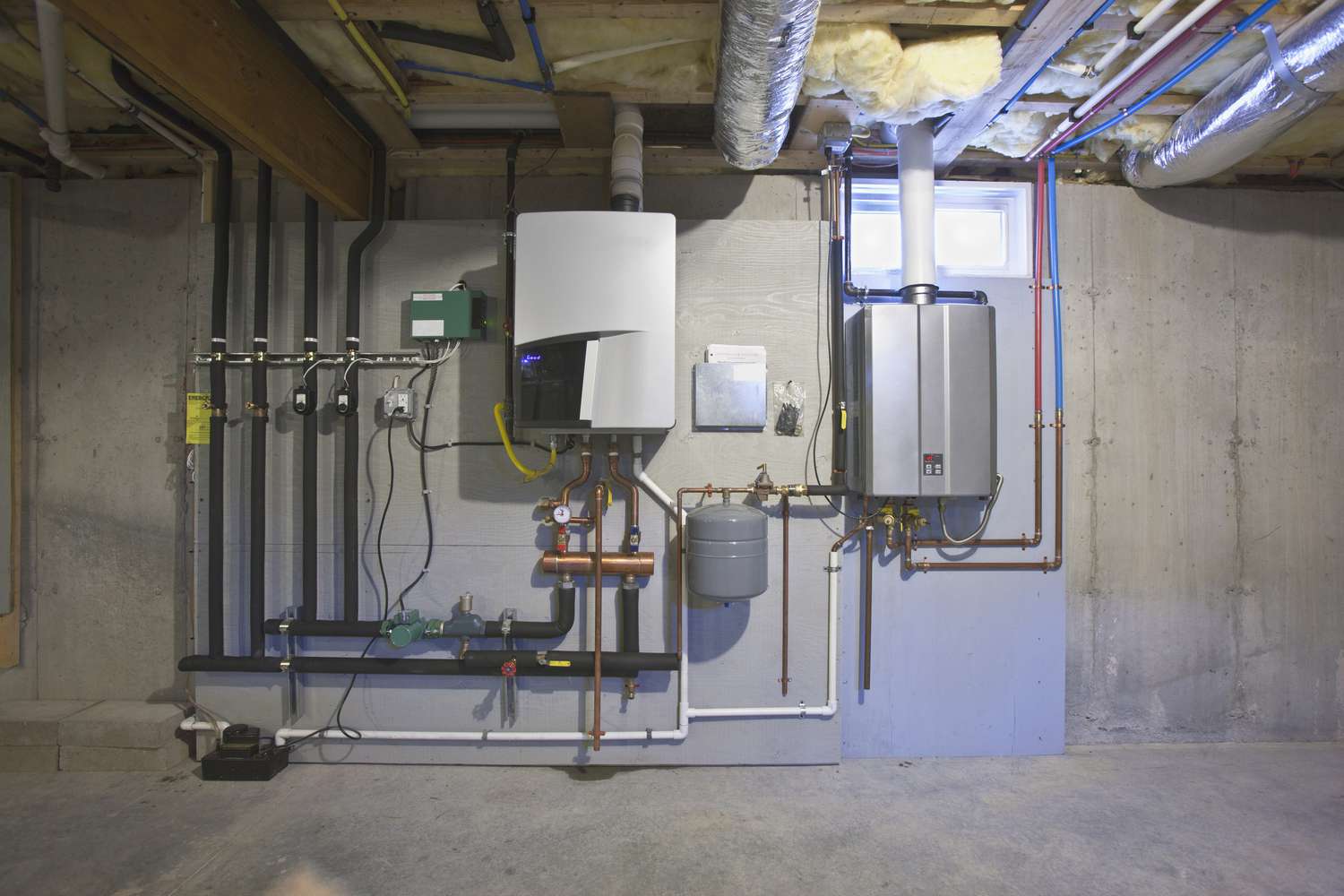
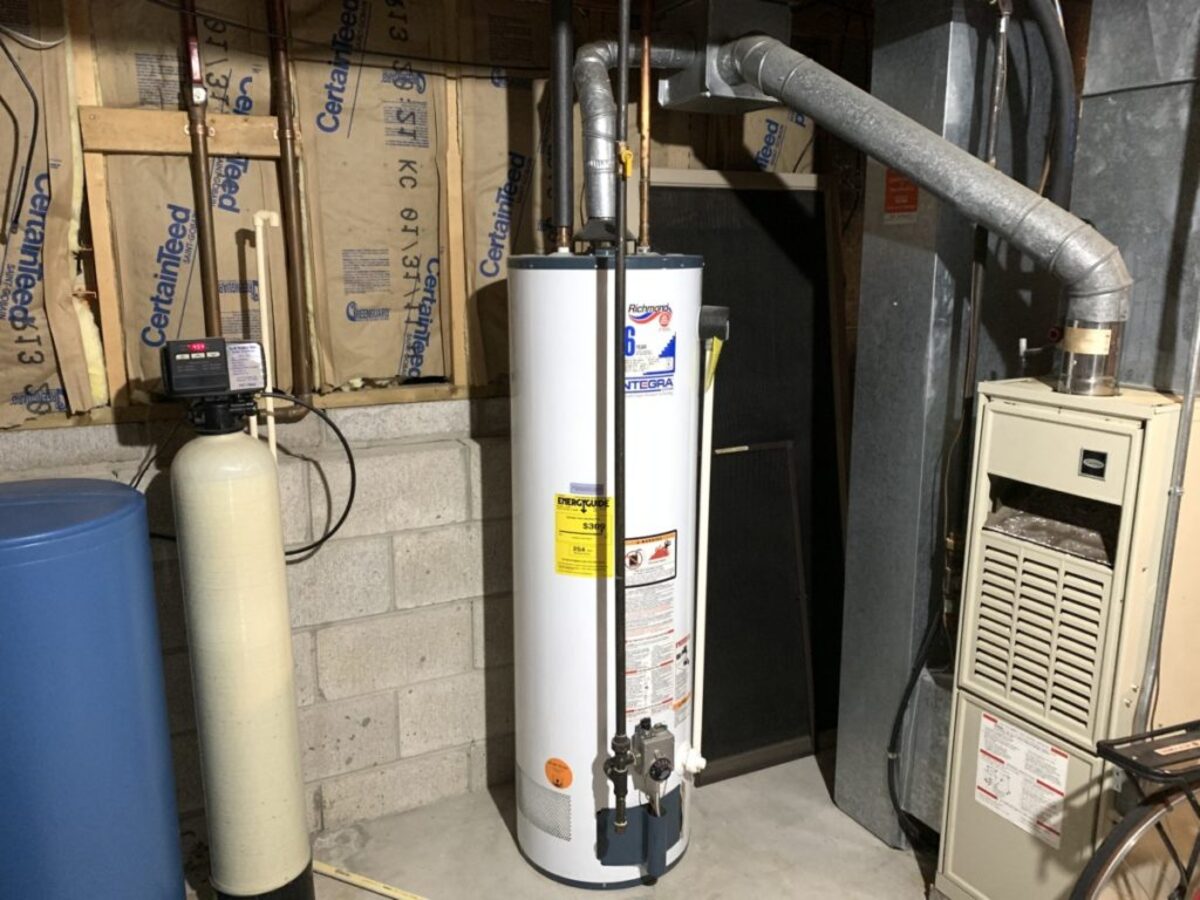
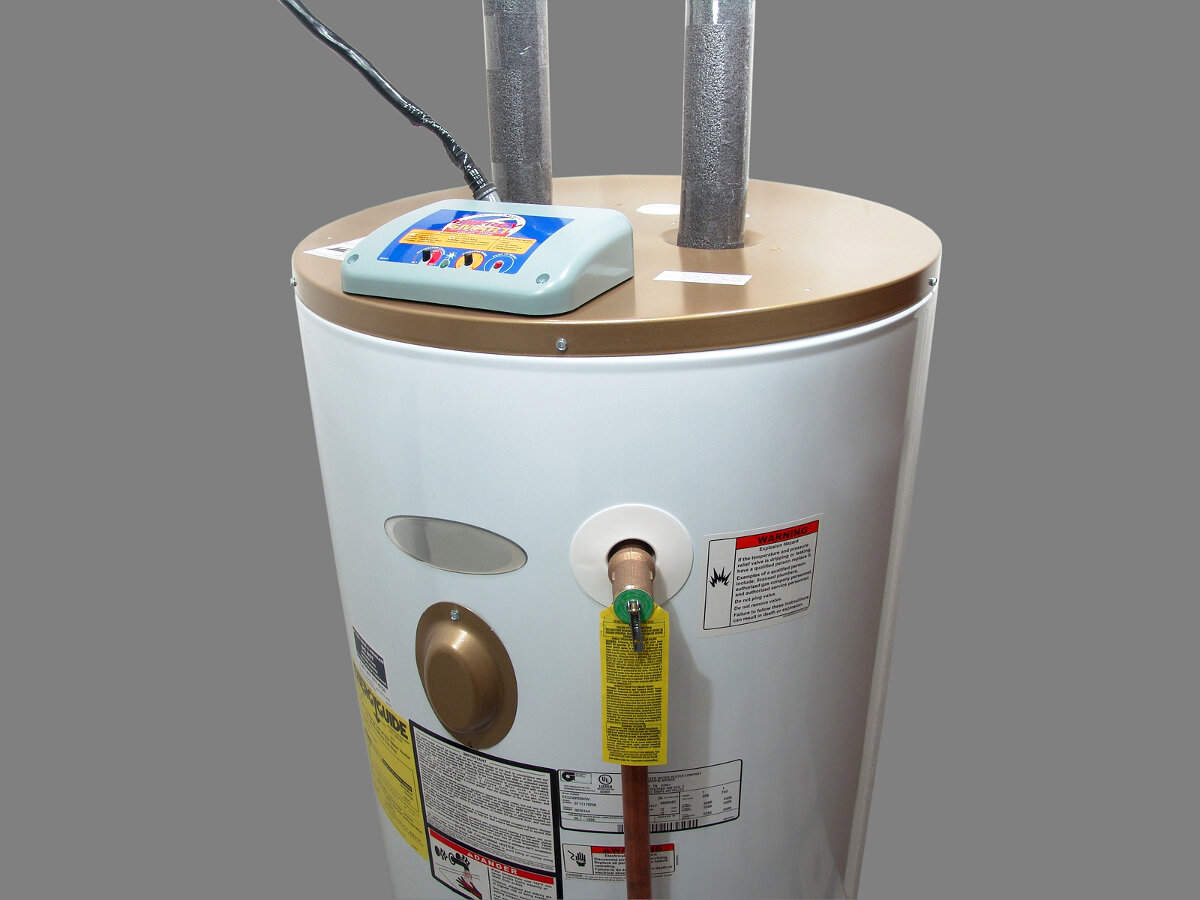

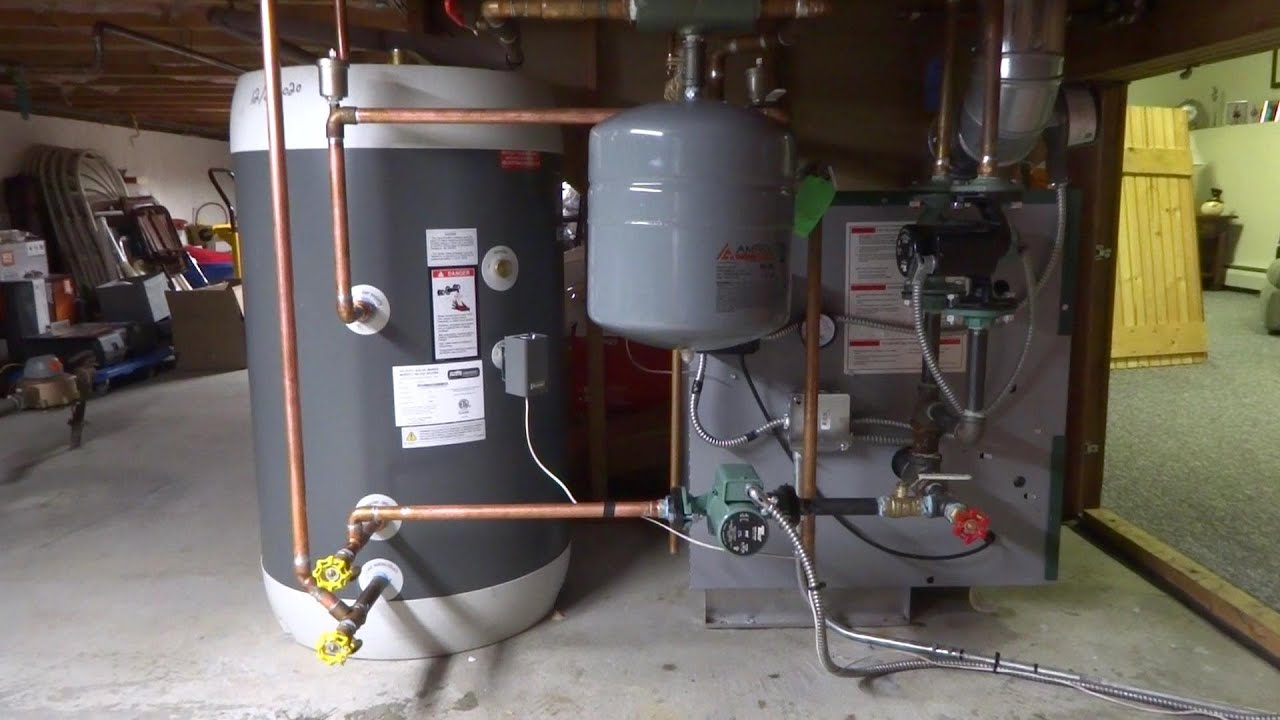
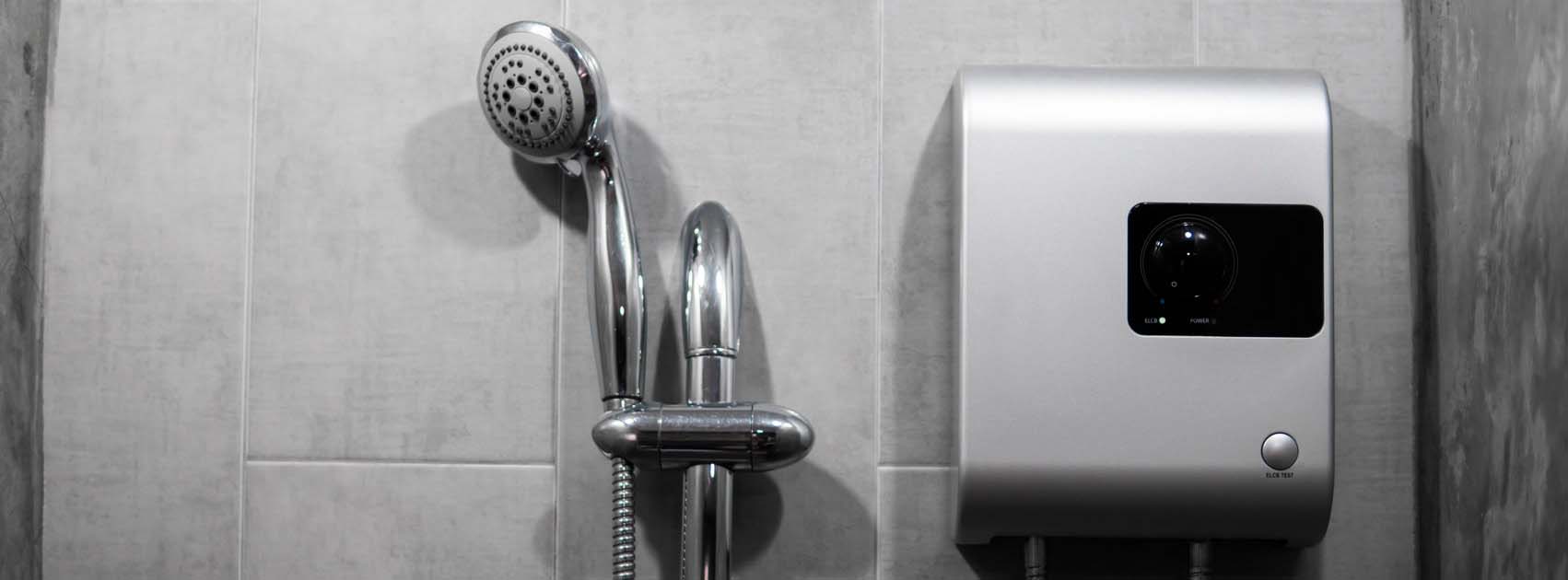
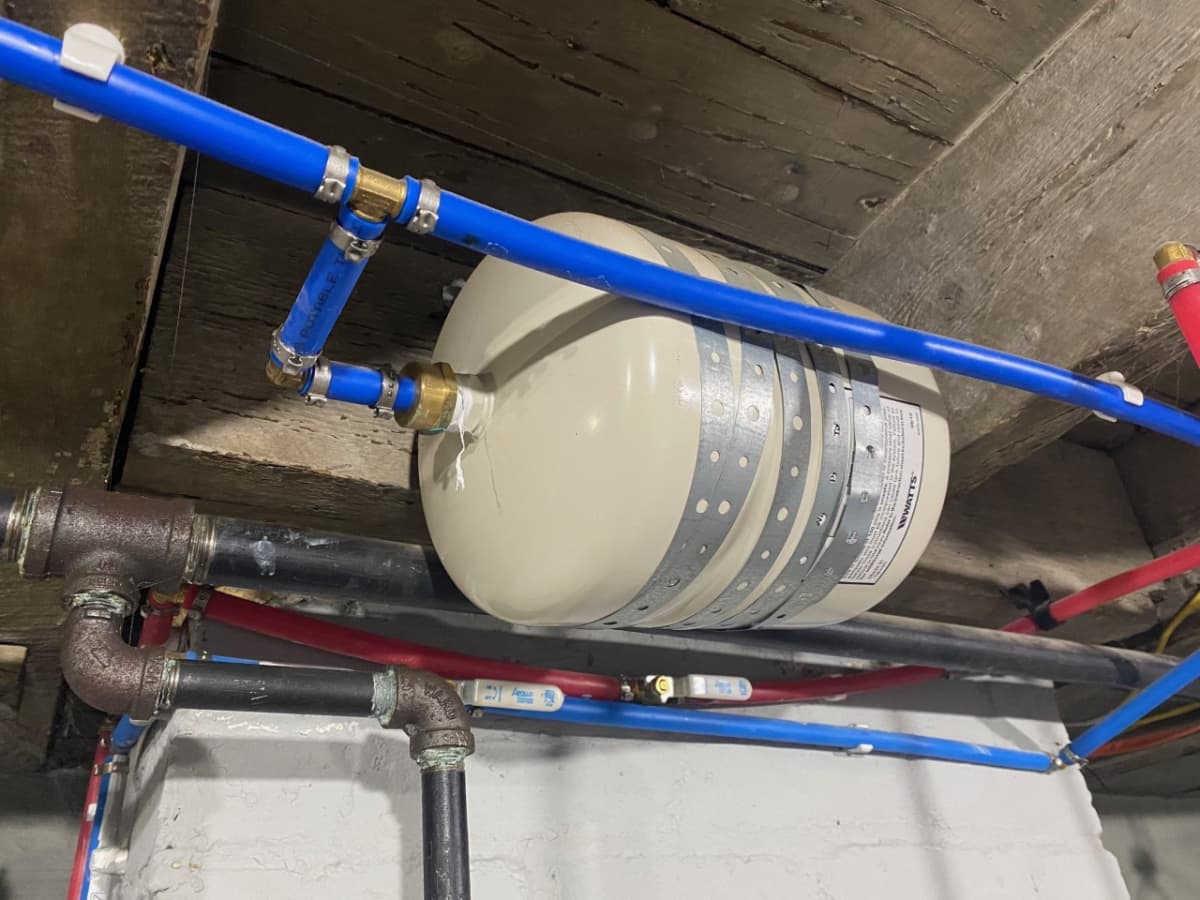
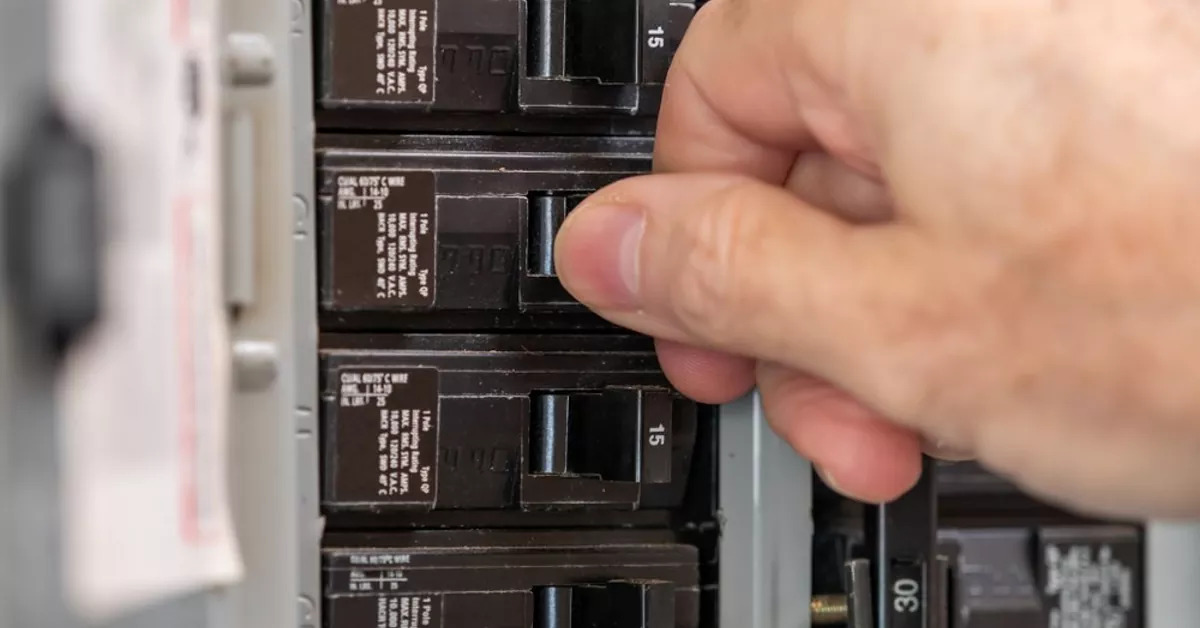
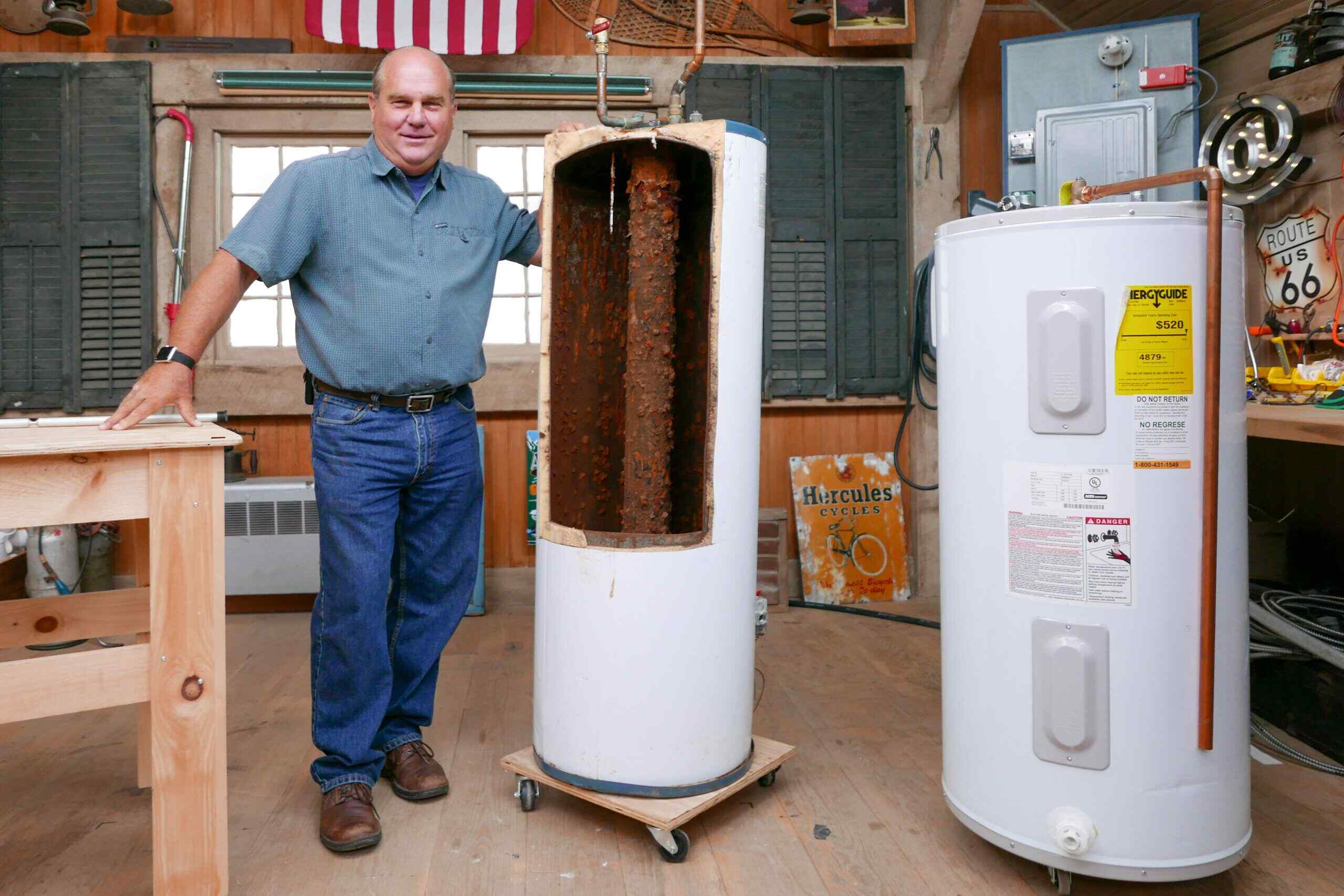
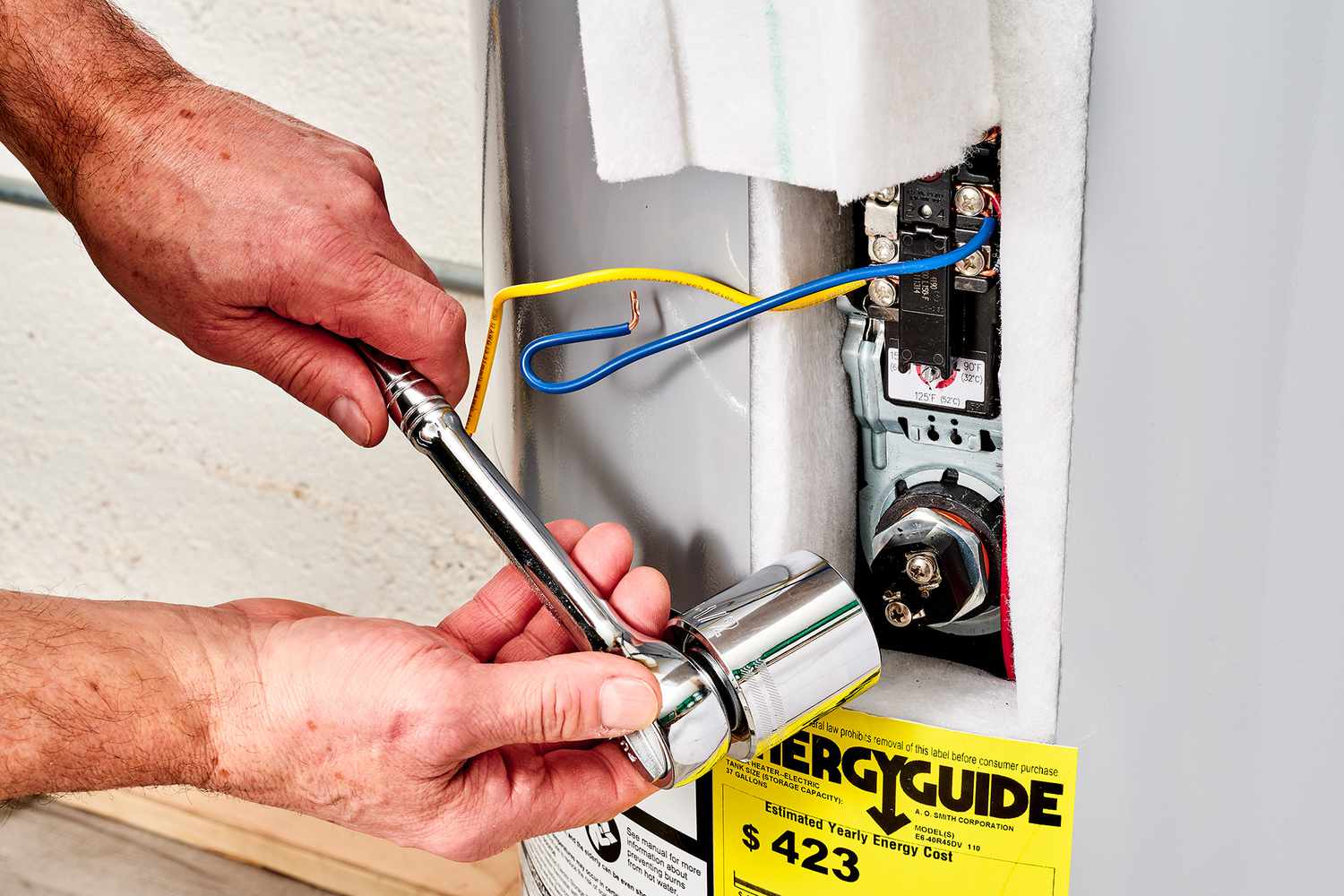
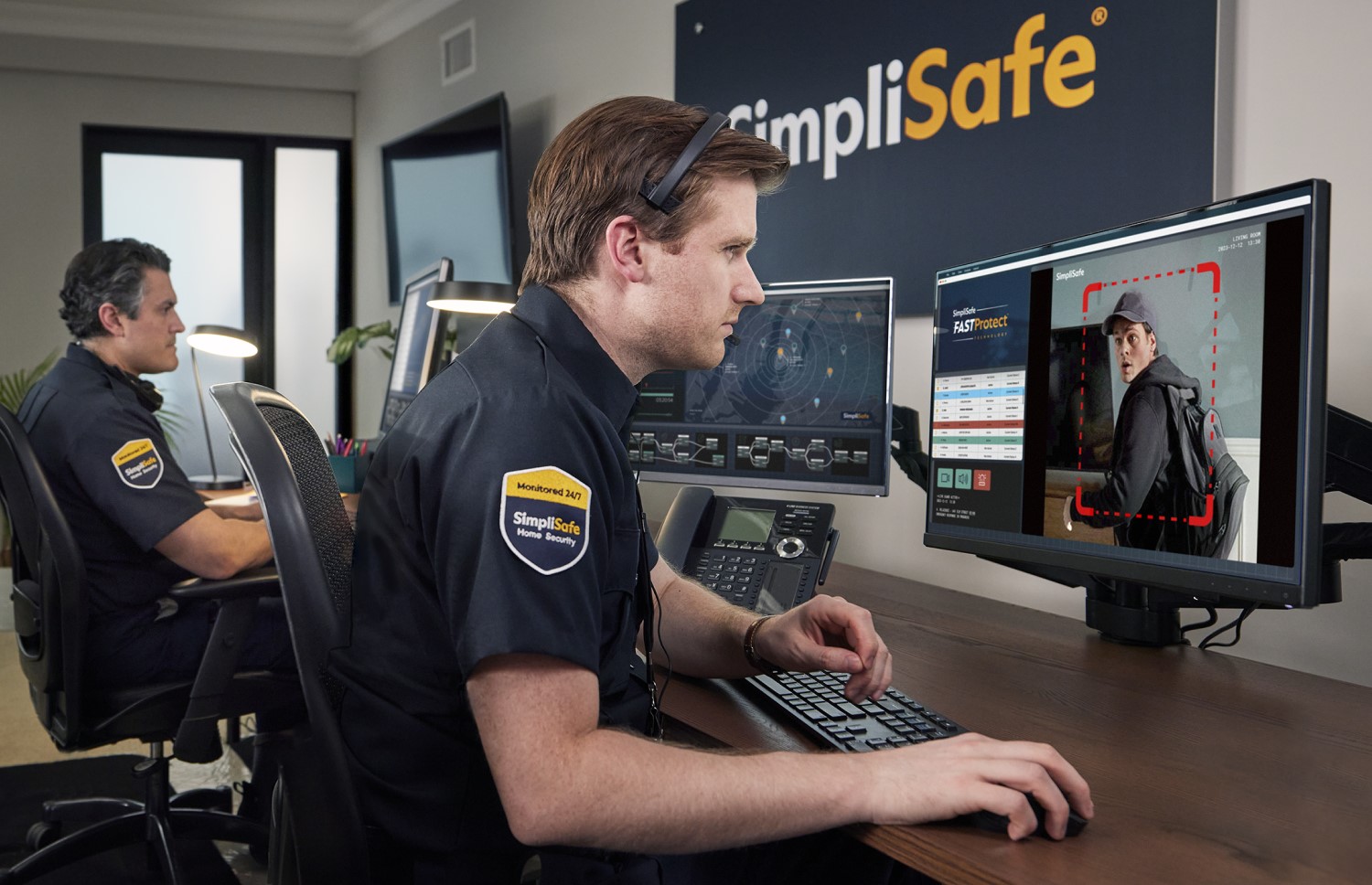
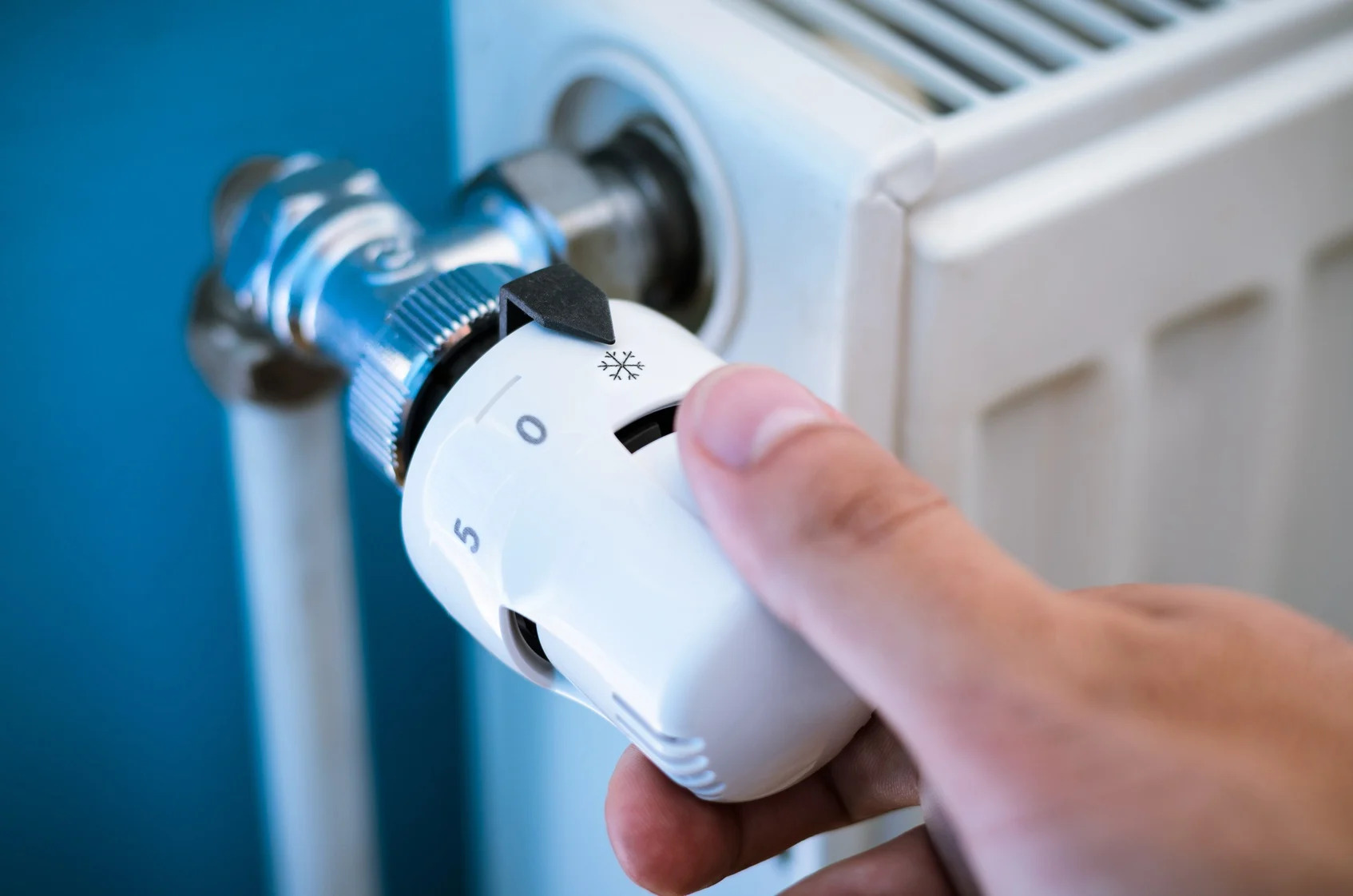
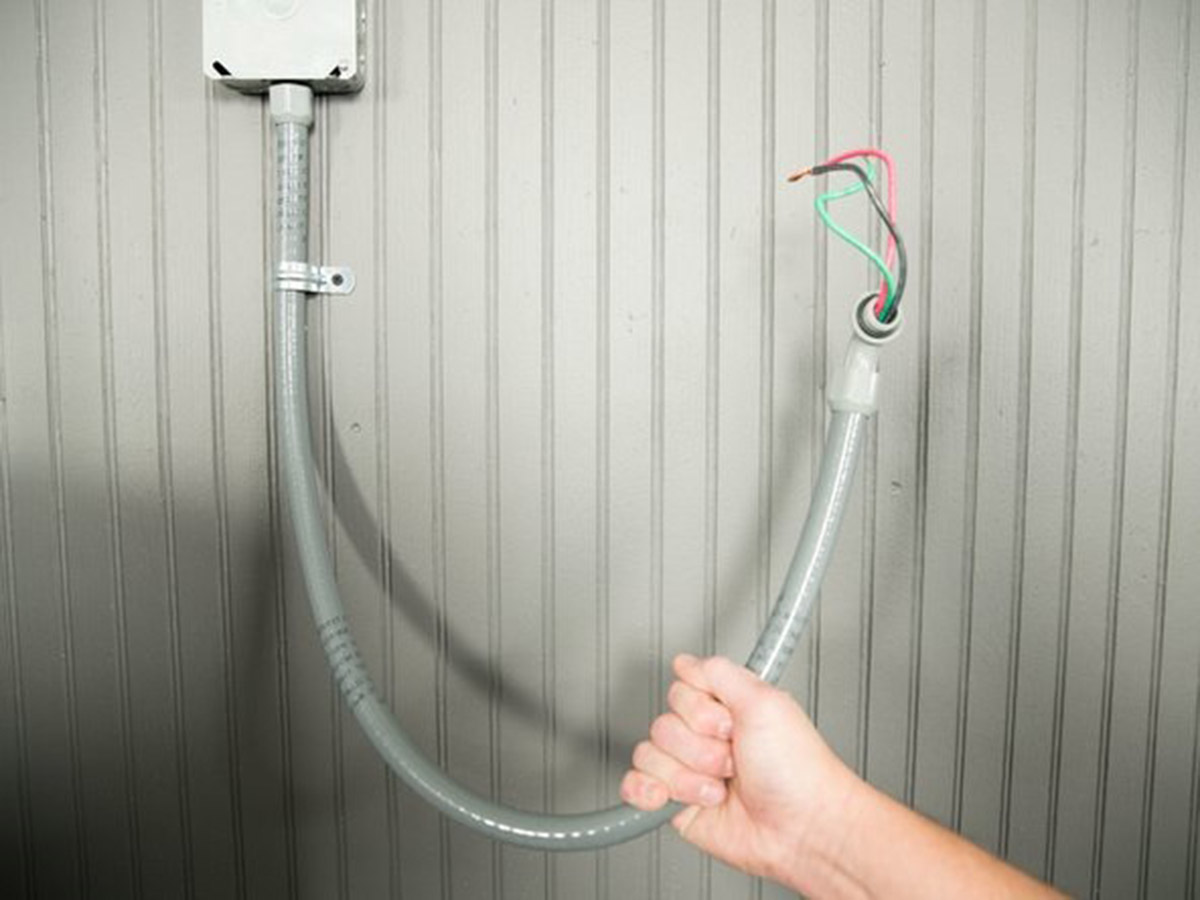
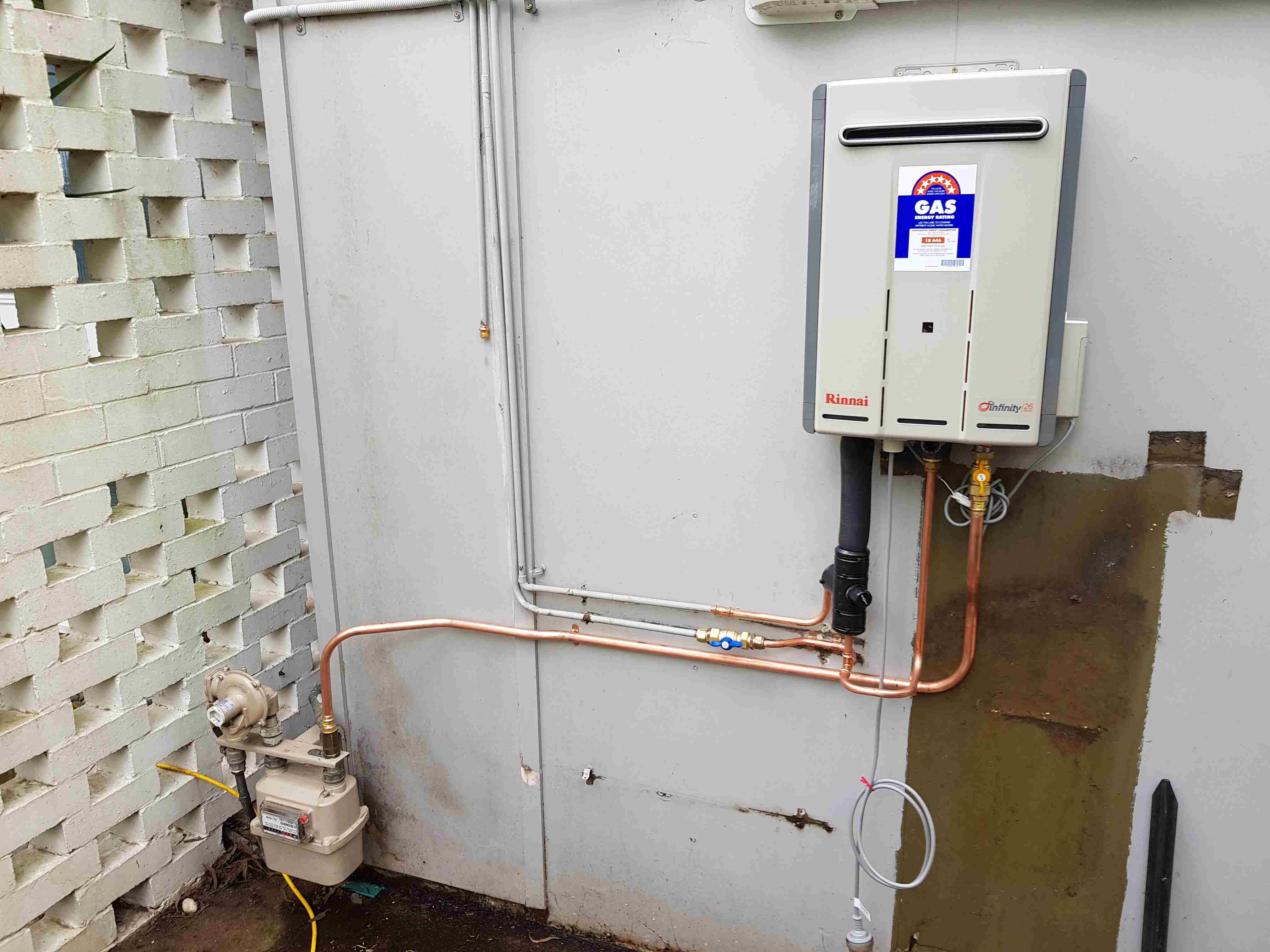

0 thoughts on “What Is A Direct Vent Water Heater”